Environ 420 résultats pour « Palmette »
-

Palmette
La palmette est un motif décoratif en forme de feuille de palmier. Les palmettes peuvent prendre différentes formes : larges (on dit "grasses") et lobées, ou au contraire plus effilées, à un lobe ou deux (palmette bifide). On combine fréquemment la palmette au rinceau : motif en forme de rameau.
-
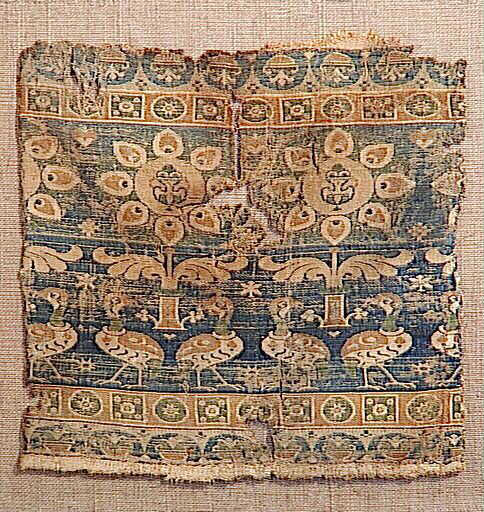
Tissu : samit polychrome ibis et palmettes
-
- Domaine(s) :
- Afrique du Nord
- Archéologie
- Copte
- Textile
-
- Sujet représenté :
- Fleur
- Ibis (oiseau)
- Palmette
- Tige
-
- Datation :
- VIe siècle
- Ve siècle
-
-

lièvres et paons affrontés
-
- Domaine(s) :
- Afrique du Nord
- Archéologie
- Copte
- Textile
-
- Datation :
- XIIe siècle
- XIe siècle
-
-
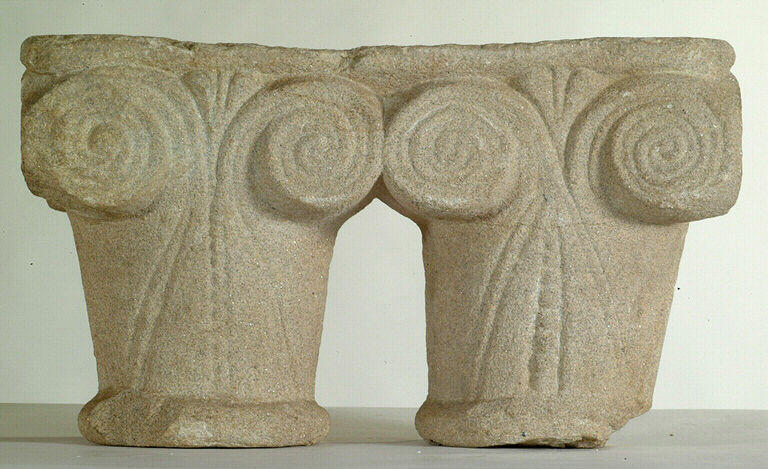
-
- Domaine(s) :
- Architecture
- Archéologie
- Moyen Âge
- Sculpture
-
- Désignation :
- chapiteau double
-
- Datation :
- XIIe siècle
-
-

-
- Domaine(s) :
- Architecture
- Archéologie
- Moyen Âge
- Sculpture
-
- Désignation :
- chapiteau double
-
- Sujet représenté :
- Palmette
-
- Datation :
- XIIe siècle
-
-

-
- Domaine(s) :
- Architecture
- Archéologie
- Moyen Âge
- Sculpture
-
- Désignation :
- chapiteau
-
- Sujet représenté :
- Cône (botanique)
- Feuille
- Palmette
- Volute
-
- Datation :
- XIIe siècle
-
-

-
- Domaine(s) :
- Architecture
- Archéologie
- Moyen Âge
- Sculpture
-
- Désignation :
- chapiteau
-
- Datation :
- XIIe siècle
-
-

-
- Domaine(s) :
- Architecture
- Archéologie
- Moyen Âge
- Sculpture
-
- Désignation :
- chapiteau
-
- Datation :
- XIIe siècle
-
-

-
- Domaine(s) :
- Architecture
- Archéologie
- Moyen Âge
- Sculpture
-
- Désignation :
- chapiteau
-
- Datation :
- XIIe siècle
-
-

-
- Domaine(s) :
- Architecture
- Archéologie
- Moyen Âge
- Sculpture
-
- Désignation :
- chapiteau
-
- Datation :
- XIIe siècle
-
-

-
- Domaine(s) :
- Architecture
- Archéologie
- Moyen Âge
- Sculpture
-
- Désignation :
- chapiteau
-
- Datation :
- XIIe siècle
-
-

-
- Domaine(s) :
- Architecture
- Archéologie
- Moyen Âge
- Sculpture
-
- Désignation :
- chapiteau
-
- Datation :
- Moyen Âge
-
-

-
- Domaine(s) :
- Architecture
- Archéologie
- Moyen Âge
- Sculpture
-
- Désignation :
- chapiteau
-
-
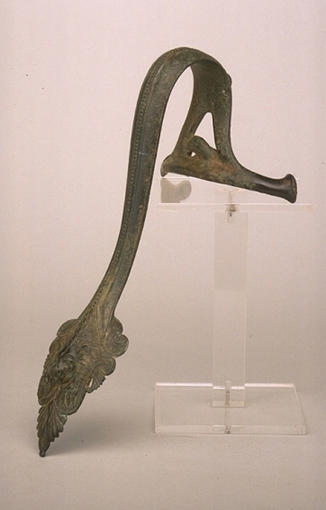
-
- Domaine(s) :
- Archéologie
- Production domestique
- Âge du fer
- Étrusque
-
- Désignation :
- anse ; vase (élément)
-
- Datation :
- IVe siècle av. J.-C.
- La Tène
-
-

-
- Domaine(s) :
- Archéologie
- Céramique
- Rome antique
-
- Désignation :
- coupe
-
- Datation :
- Ier siècle
-
-

Tête de femme
-
- Domaine(s) :
- Archéologie
- Céramique
- Grèce antique
-
- Sujet représenté :
- Bonnet (vêtement)
- Femme
- Palmette
- Tête humaine
- Volute
-
- Datation :
- IVe siècle av. J.-C.
- Céramique à figures rouges
-
-

Décor végétal
-
- Domaine(s) :
- Archéologie
- Céramique
- Grèce antique
-
- Sujet représenté :
- Lotus (plante)
- Palmette
-
-

Décor végétal
-
- Domaine(s) :
- Archéologie
- Céramique
- Grèce antique
-
- Sujet représenté :
- Palmette
-
- Datation :
- VIe siècle av. J.-C.
-
-

Le palefrenier
-
- Domaine(s) :
- Archéologie
- Croyance
- Gallo-romains
- Sculpture
-
- Datation :
- IIIe siècle
- IIe siècle
-
-
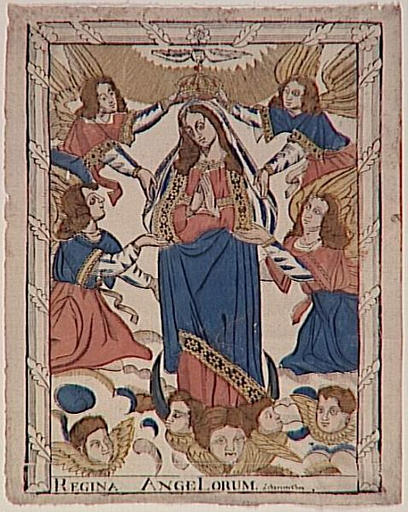
REGINA ANGELORUM (titre inscrit)
-
- Domaine(s) :
- Estampe
- Ethnologie
-
- Sujet représenté :
- Ange
- Colombe
- Couronne (attribut)
- Gloire (ornement)
- Marie (mère de Jésus)
- Palmette
-
- Datation :
- XIXe siècle
- XVIIIe siècle
-
-

NOTRE DAME DES SEPT DOULEURS (titre inscrit)
-
- Domaine(s) :
- Estampe
- Ethnologie
-
- Sujet représenté :
- Couronne (attribut)
- Palmette
-
- Datation :
- XIXe siècle
- XVIIIe siècle
-
-
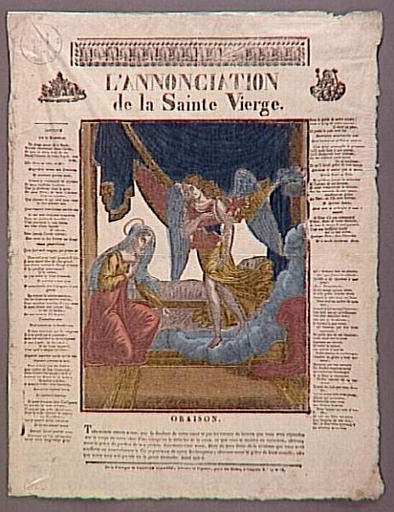
L'ANNONCIATION DE LA SAINTE VIERGE (titre inscrit)
-
- Domaine(s) :
- Estampe
- Ethnologie
-
- Datation :
- XIXe siècle
-
-

L'ANNONCIATION DE LA SAINTE VIERGE (titre inscrit)
-
- Domaine(s) :
- Estampe
- Ethnologie
-
- Datation :
- XIXe siècle
-
-
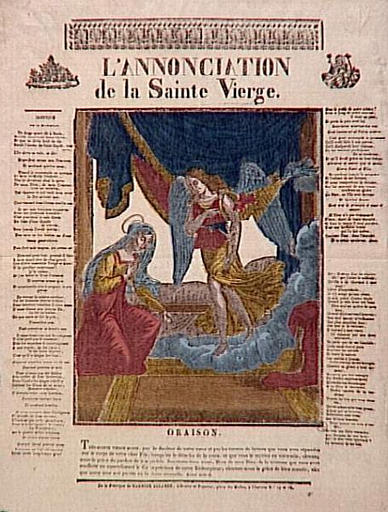
L'ANNONCIATION DE LA SAINTE VIERGE (titre inscrit)
-
- Domaine(s) :
- Estampe
- Ethnologie
-
- Datation :
- XIXe siècle
-
-
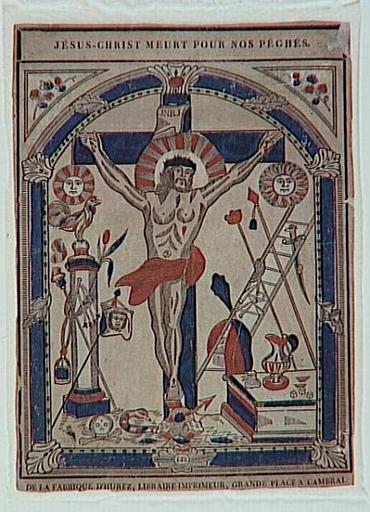
JESUS-CHRIST MEURT POUR NOS PECHES (titre inscrit)
-
- Domaine(s) :
- Estampe
- Ethnologie
-
- Sujet représenté :
- Palmette
- Rose (fleur)
-
- Datation :
- XIXe siècle
-
-

ENSEIGNE PROFANE : AUMONIERE
-
- Domaine(s) :
- Costume
- Ethnologie
- Moyen Âge
-
- Sujet représenté :
- Gland (fruit)
- Palmette
-
- Datation :
- XVIe siècle
-
-

-
- Domaine(s) :
- Ethnologie
- Équipement équestre
-
- Désignation :
- bossette
-
- Sujet représenté :
- Palmette
-
- Datation :
- XVIIe siècle
- XVIe siècle
-
-

-
- Domaine(s) :
- Ethnologie
- Équipement équestre
-
- Désignation :
- bossette
-
- Sujet représenté :
- Palmette
-
- Datation :
- XVIIe siècle
-
-
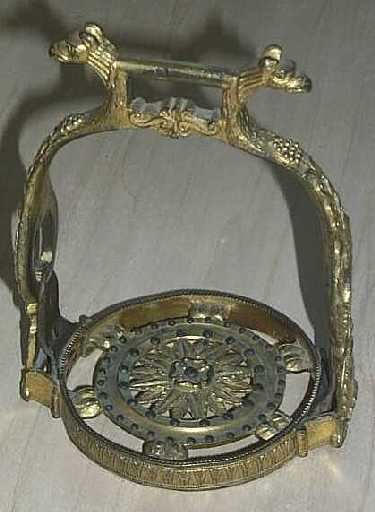
-
- Domaine(s) :
- Ethnologie
- Équipement équestre
-
- Désignation :
- étrier
-
- Sujet représenté :
- Couronne (attribut)
- Laurus nobilis
- Palmette
- Tête humaine
-
- Datation :
- XIXe siècle
-
-

-
- Domaine(s) :
- Ethnologie
- Équipement équestre
-
- Désignation :
- éperon
-
- Datation :
- XIXe siècle
-
-

-
- Domaine(s) :
- Ethnologie
- Équipement équestre
-
- Désignation :
- éperon
-
- Datation :
- XIXe siècle
-
